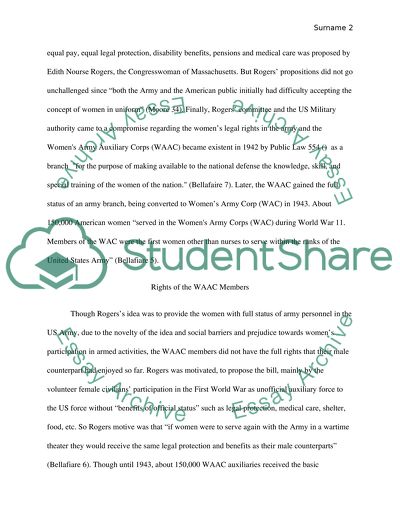Cite this document
(“US women's army auxiliary corp (WWII) Research Paper”, n.d.)
Retrieved from https://studentshare.org/military/1419168-us-womens-army-auxiliary-corp-wwii
Retrieved from https://studentshare.org/military/1419168-us-womens-army-auxiliary-corp-wwii
(US women'S Army Auxiliary Corp (WWII) Research Paper)
https://studentshare.org/military/1419168-us-womens-army-auxiliary-corp-wwii.
https://studentshare.org/military/1419168-us-womens-army-auxiliary-corp-wwii.
“US women'S Army Auxiliary Corp (WWII) Research Paper”, n.d. https://studentshare.org/military/1419168-us-womens-army-auxiliary-corp-wwii.


